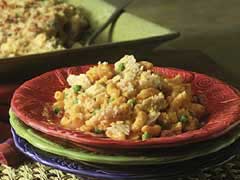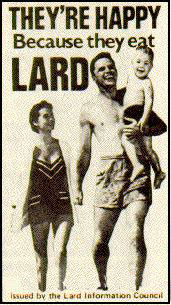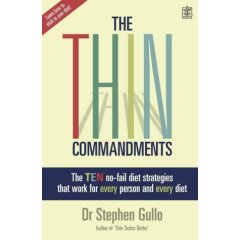
I contacted Nutrisoda and asked if they would send me some samples of their new beverages to review for Starling Fitness. They were very polite and sent me a sample pack of all the flavors. Mike and I spent the week tasting the new beverages and seeing if they did what they promised.
Sunday: Slender (pink grapefruit + guava) – I started my week out with the beverage that most attracted my attention. It’s the one that promises that it will make me thin. I didn’t know it at the time, but it’s the worst tasting one of the bunch. Mike didn’t like it and I hated it. I didn’t notice any effect on my appetite after consuming it. Shucks…
Monday: Flex (black cherry + apple) – This drink is supposed to lubricate, repair and restore active joints. It tastes like Shasta Cherry Soda. I can’t taste the apple at all. It’s ok and it doesn’t taste mediciney like some cherry-flavored drinks do.
Tuesday: Focus (mango + peach) – This drink is supposed to sharpen your thinking. It’s the best tasting of the bunch. Mike said it tasted like Squirt. I agree. It tastes more like citrus than peach or mango.
Wednesday: Immune (tangerine + lime) – Tastes like lemon-lime. It’s supposed to build your defenses and keep you healthy, but it just tastes like a very expensive 7-Up.
Thursday: Calm (wild berry + citron) – It tasted pretty good. It didn’t help me stay calm. If this drink did what it says it does, I would gladly pay a dollar a can and gulp it down no matter the taste. Unfortunately, I was still the hyperactive girl that everyone knows, except I had a fizzy drink in me.
Friday: Radiant (pomegranate + blackberry) – It tasted nothing like pomegranate juice, but it really didn’t taste like berries either. Just a fizzy fruity drink that was supposed to make my skin look good. I didn’t notice any glowing, however.
Saturday: Energize (mandarin + mint) – Mike is connoisseur of caffeine drinks. I tasted it and didn’t care for the flavor. Mike said as far as caffeine drinks goes, it’s ok. At least it’s not that medicine-like cherry flavor that Red Bull made so popular. As far as promises go, this is the only drink that delivers with 50 mg of caffeine. But remember: Caffeine doesn’t GIVE you energy, it BORROWS energy.
Each can was 8.4 ounces and cost $1 US apiece. They are infused with herbal ingredients that are supposed to provide the benefits listed on each flavor. Each can has this warning in tiny tiny print. I’ll make it bigger for you:
These statements have not been evaluated by the Food and Drug Administration. This product is not intended to diagnose, treat, cure or prevent any disease. As with all dietary supplements, if you are pregnant or nursing, or taking any medication consult your healthcare professional/physician before using airforce products.
My take on that warning: If I’m not supposed to drink it when I’m pregnant, then I don’t think I’ll drink it.
On the whole, they tasted like the flavored carbonated waters that every grocery store has a version of. Even Dasani and Perrier have jumped into the flavored water game. At a little over eight ounces, they are definitely not worth the price.
Via: Popgadget: Personal Tech for Women – Nutrisoda “intelligent” refreshment
 Wednesday night, Mike and I had a dinner that we used to eat all the time, but we haven’t had recently. It tasted good and it was only 6 Points. I thought that I would share the recipe with you.
Wednesday night, Mike and I had a dinner that we used to eat all the time, but we haven’t had recently. It tasted good and it was only 6 Points. I thought that I would share the recipe with you. Buy Walking Videos
Buy Walking Videos
 When I was a child, we ate a lot of ground beef. Hamburger Helper, spaghetti, curry stew, and lasagna all had their basis in ground beef. I remember learning how to make these dishes as a child and my parents taught me to carefully drain off the fat into a large tomato can that resided by the side of the stove. I asked what we saved the fat for. I remember my Dad telling me that some people used it to fry food and poor people even used it on their bread instead of butter, but we just throw it away when the can gets full because it’s not healthy. We used Crisco to fry and margarine on our bread.
When I was a child, we ate a lot of ground beef. Hamburger Helper, spaghetti, curry stew, and lasagna all had their basis in ground beef. I remember learning how to make these dishes as a child and my parents taught me to carefully drain off the fat into a large tomato can that resided by the side of the stove. I asked what we saved the fat for. I remember my Dad telling me that some people used it to fry food and poor people even used it on their bread instead of butter, but we just throw it away when the can gets full because it’s not healthy. We used Crisco to fry and margarine on our bread.
